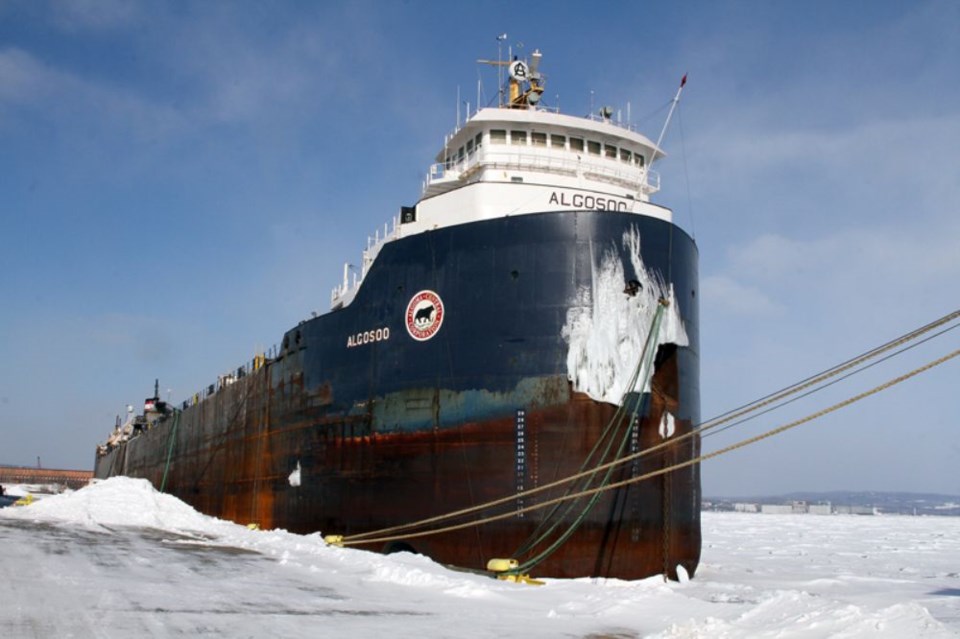A mid-February deep freeze that’s settled in over Northern Ontario may or may not have a effect on the opening of this year’s shipping season.
Port of Thunder Bay Habourmaster Guy Jarvis on Wednesday said Thunder Bay’s remoteness places it near the bottom of the Great Lakes ice-breaking priority list, but warmer weather in coming weeks in southern Ontario could speed up the process along the shores of Lake Superior.
According to figures supplied by the federal government, recent cooler temperatures have seen a significantly larger swath of the Great Lakes covered in ice, and that ice is getting thicker by the minute.
Like city streets, the main arteries along the waterway will be cleared first, Jarvis said.
“As Thunder Bay is in a system that is 3,700 kilometres long, there are strategic points that should be opened initially, like along the Welland Canal and St. Clair Lake and the St. Mary’s River. Then we get to Thunder Bay,” Jarvis said.
It’s far too early tell if the increased ice coverage will delay the shipping season as it did last year – though the port recorded its highest cargo totals in decades.
The U.S. coast guard typically begins probing ice depths in early March near Whitefish Bay. As it stands Thunder Bay is home to some of the thickest ice on the Great Lakes, though it shouldn’t come as a surprise as the water tends to freeze quicker closer to land.
“As it gets to grow across Lake Superior, it might be necessary to have ice escorts and ice breakers. It becomes a larger task,” Jarvis said.
Ideally warmer temperatures will melt the ice in more southern climes, freeing up ice-breaking resources to speed up the process in colder spots.
“Absolutely,” Jarvis said. “Warmer weather and warmer temperatures down in the lower Great Lakes frees up assets that can be brought up to the upper lakes, St. Mary’s River, Whitefish Bay and Thunder Bay.
Early start or late, Jarvis added the cargo levels are equally, if not more, dependent on supply and when product has to be delivered.
“You have to work with the grain merchants … on the seaway to see when these deadlines have to be met.”
The seaway opened last year on March 31, about a week later than 2013.
